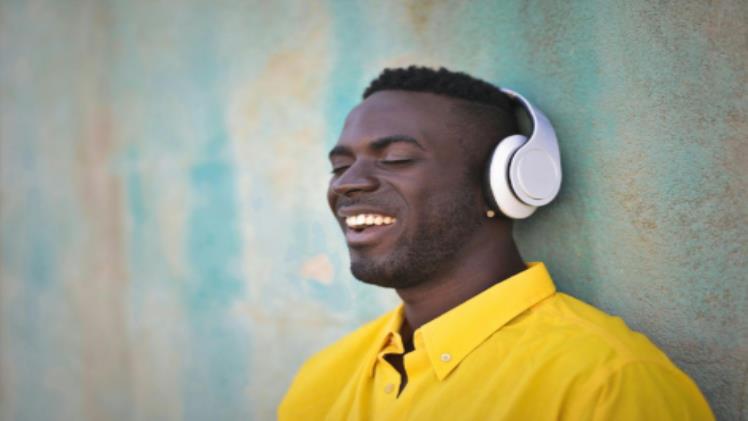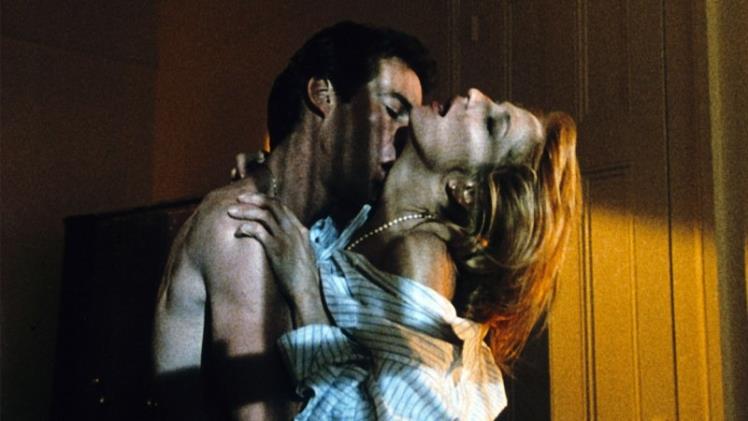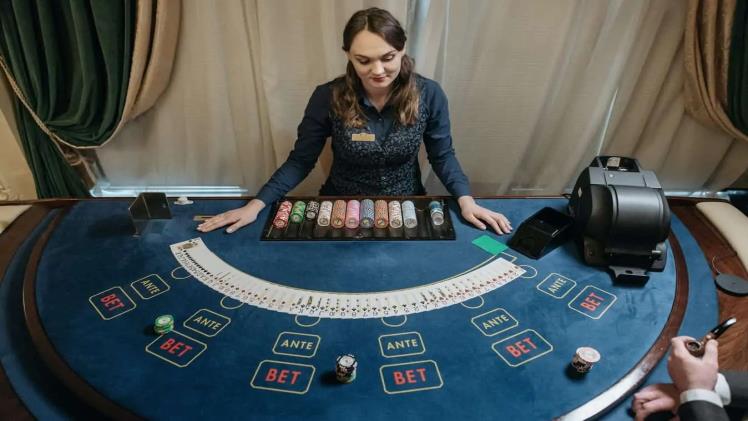If you’ve ever caught yourself thinking about three different things while trying to do just one, you’re not alone. Modern life makes it almost too easy to get distracted — messages popping up, news headlines changing by the minute, and an endless to‑do list whispering for attention. That’s why mindfulness has become such a valuable tool. It’s not about tuning out life, but about tuning in to it. You can even make it work alongside your hobbies or downtime habits, whether that’s gardening, reading, or occasionally checking out something like a funky time casino. Mindfulness is flexible like that.
What We Really Mean by “Mindfulness”
Forget the image of sitting silently for hours, legs folded like a pretzel. Mindfulness is simply paying attention — to your breath, to your surroundings, to your thoughts — without rushing to change anything. It’s noticing the steam rising from your morning coffee, feeling the air on your face as you walk outside, or even being aware of your frustration in traffic instead of immediately acting on it.
In essence, it’s awareness without judgment. And that small shift can have a surprisingly big effect on your mental well‑being.
Why It Matters for Mental Health
We spend much of the day on mental autopilot. That’s fine for routine tasks, but when it comes to handling stress, emotions, or big decisions, autopilot can backfire. Mindfulness interrupts that cycle.
Here’s how it helps:
- Stress Relief: When you notice your stress early, you can address it before it builds.
- Better Emotional Control: Mindfulness gives you a pause button before reacting, which can prevent regret later.
- Sharper Focus: By practicing attention on small things, your ability to concentrate on bigger tasks improves.
Scientists have found that consistent mindfulness practice can even create physical changes in the brain areas linked to memory and emotional regulation. That’s a pretty strong case for paying attention on purpose.
It’s Not Just for Certain Ages
One of the best things about mindfulness? There’s no age limit.
- Kids and Teens: It can help with concentration in school and reduce social anxiety.
- Adults: It’s a way to handle work deadlines, family demands, and the constant pull of notifications.
- Older Adults: Mindfulness can support memory, help manage feelings of loneliness, and encourage a more positive outlook.
The core idea — paying attention — stays the same, but how you practice might shift depending on your stage of life.
Simple Ways to Start
If you’re new to mindfulness, you don’t need to overhaul your schedule. Small moments count.
- One‑Minute Breathing: Stop and take slow, intentional breaths. Notice how it feels.
- Mindful Walking: Focus on the sensation of each step.
- Check‑In Moments: Ask yourself during the day, “What am I feeling right now?” and just notice the answer.
- Eat Without Screens: Pay attention to the taste, smell, and texture of your food.
The key is consistency, not length. Five minutes a day is better than an hour once a month.
Common Roadblocks — and How to Get Past Them
A lot of people quit before they start because they think, “My mind is too busy for this.” The truth? Everyone’s mind wanders. That’s the point — you notice, then bring it back. Each time you do, you’re building mental strength.
Time can also be a barrier. But mindfulness doesn’t require carving out a special chunk of the day. You can practice while brushing your teeth, waiting for the bus, or even during a work break.
A Long‑Term Investment in Yourself
Mindfulness isn’t a quick fix. It’s more like a lifestyle shift — one that you can carry through your teens, your working years, and well into retirement. Over time, it can mean fewer knee‑jerk reactions, more thoughtful decisions, and a steadier emotional foundation.
And while you can read endless tips and techniques, the real change happens when you simply start noticing your life as it unfolds. That’s the quiet power of mindfulness: it’s not about adding more to your plate, but about actually tasting what’s already there.







